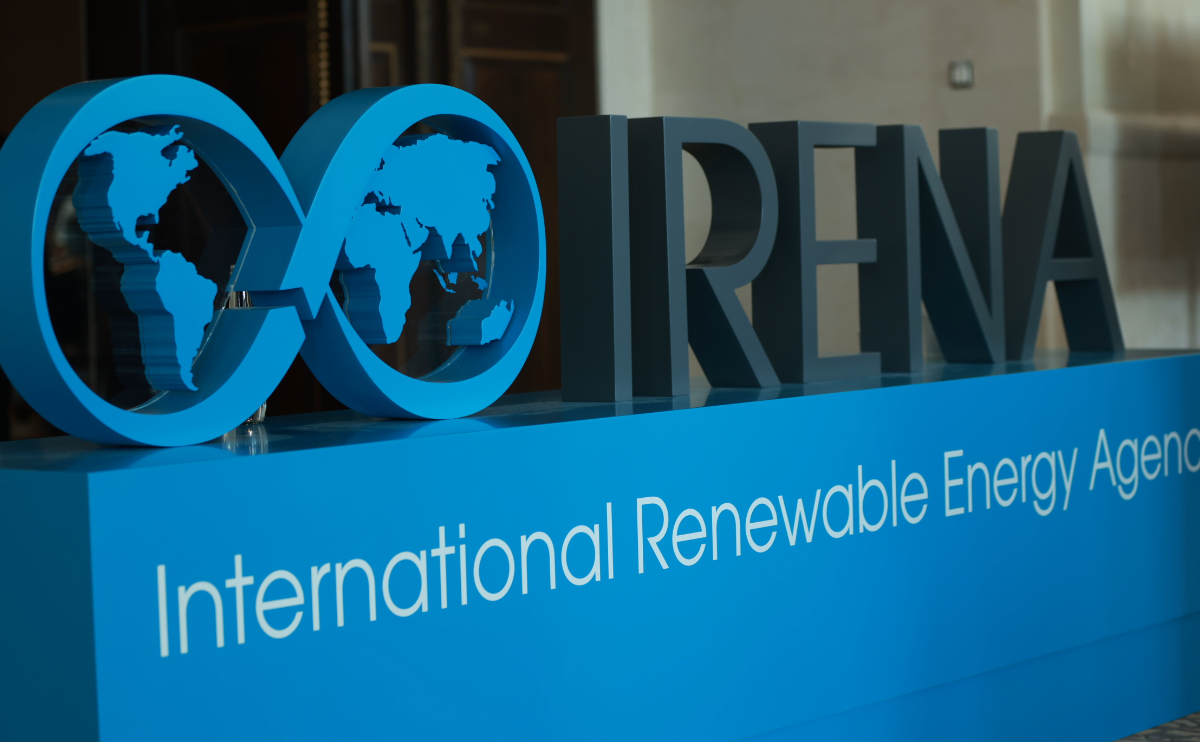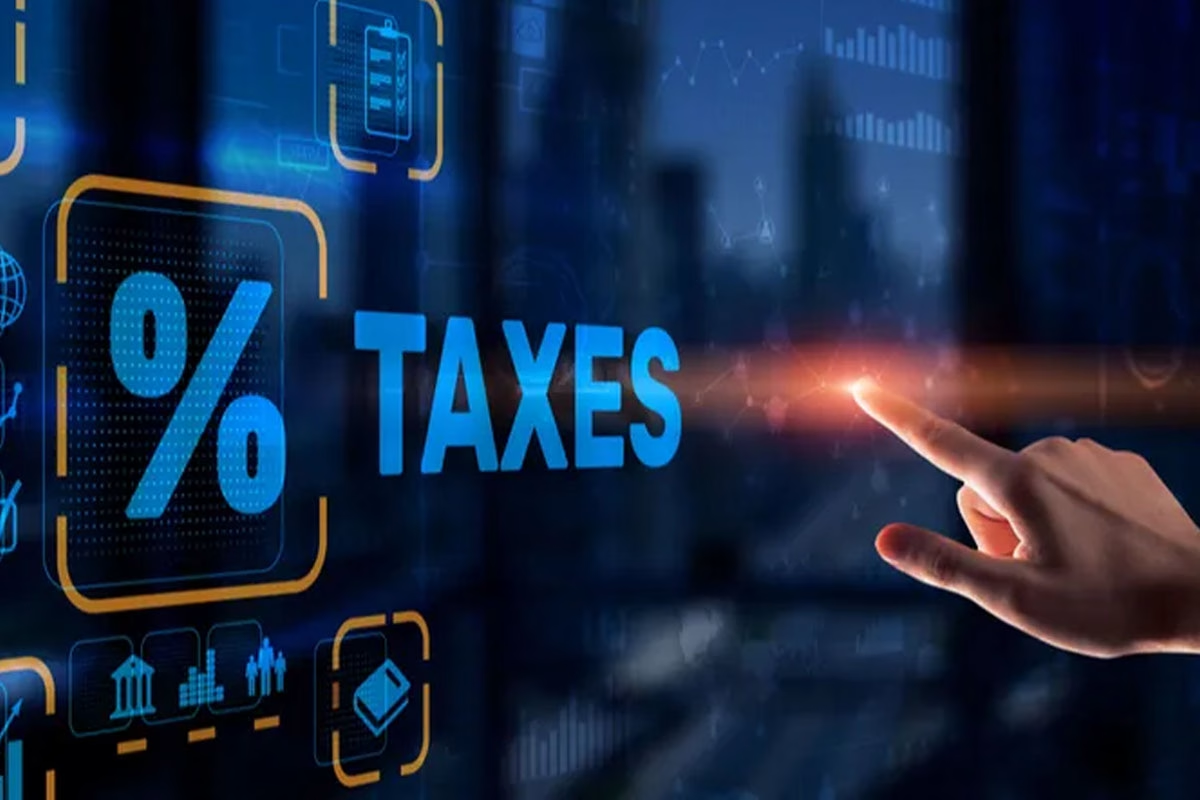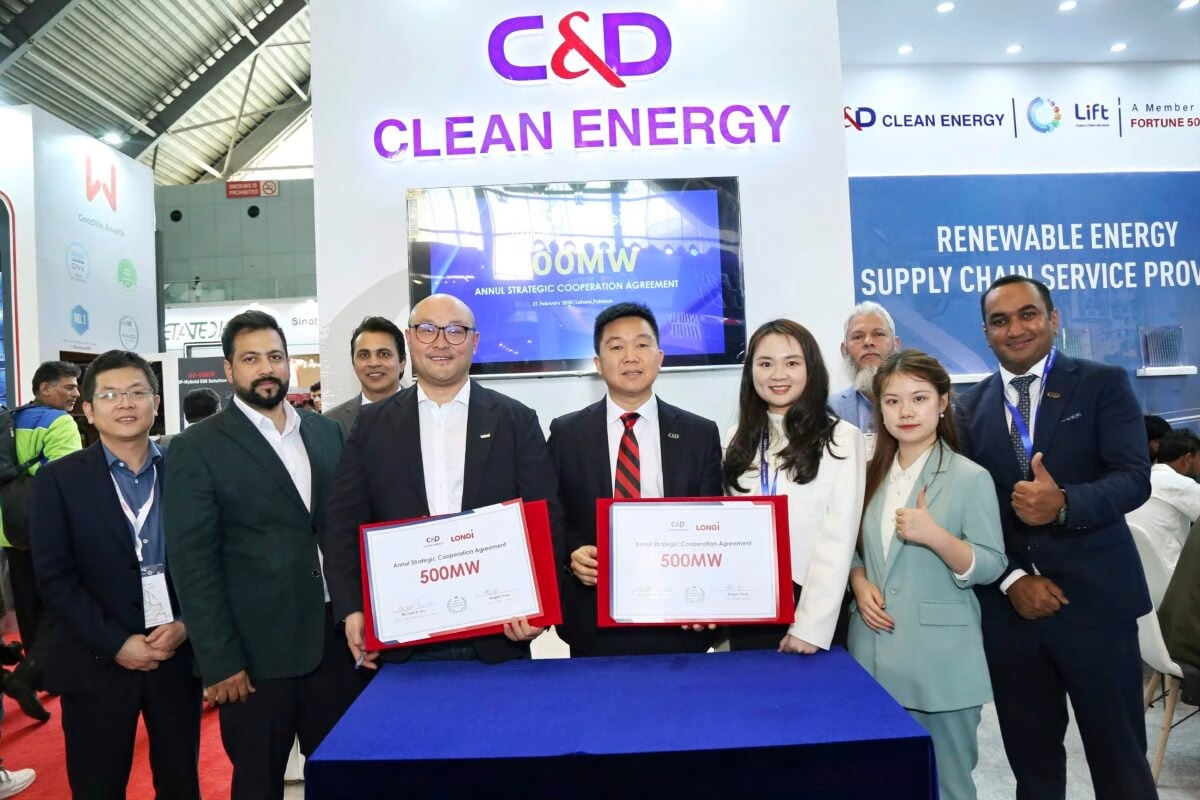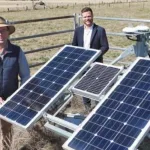
A $90 Million Solar Farm Makes University of Queensland 100% Renewable
June 5, 2024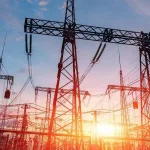
More Dirty Energy for ASEAN
June 5, 2024Oil wells dotting the landscape, giant super-tankersplying the waters through the Strait of Hormuz, unending miles of blue-grey solar panels stretching to the horizon in the desert… It makes for an incongruous image but the truth is, throughout the Middle East and North Africa (MENA) solar power is moving forward as one huge project after another is built.
Taken together, MENA encompasses 22 nations. They’ve got 6% of the world’s population – and 60% of its oil (along with 45% of its natural gas). As a group, their national economies, and most certainly their leaders, are deeply vested in the fossil fuel industry – the main generator of carbon and the driving force of climate change. It fills their treasuries, makes them financial powerhouses in the world market, and threatens their countries. All the same, the nations of the Middle East appear.
Climate change is a greater threat across the MENA states than in most places. The impacts have be a reality of daily life for years, even if it’s only being recognized now. While most of us support the growth of solar power and alternative technologies to reduce atmospheric CO2 and other greenhouse gases, (a worthy cause), all across the Middle East, they’ve got a more immediate need – water. The scarcity of fresh water resources is endemic. The shortfall is everywhere and these are primarily young countries. They have a lot of children and between their population growth and huge numbers of imported workers, the demand for water and power grows every year. Massive desalinization plants ring the Persian Gulf, the Red Sea and the Mediterranean. Powering them with fossil fuels makes up 50% of their operating costs. MENA is home to over 46% of our world’s desalinization capacity. Enter solar power. Water in the Middle East is a huge market for solar power.
Solar power is on the rise everywhere in the Middle East. According to the Middle East Solar Industry Association (MESIA), by the end of 2018, there was more than 12,000 MW in solar projects in operation, under construction or awarded throughout the region. Many of these installations are or will be bi-facial installation, increasing production by up to 15%.
One of the biggest issues all over the Middle East is the lack of support for smaller-scale installations. Regional governments make plans and announcements for 70, 80 and 100 MW plants and there’s this competition over who will build the biggest facilities, but there is virtually no distributed power generation from home or business PV installations. There’s simply no regulation to provide for it and regional power companies – most of them are government-owned, haven’t shown much interest in solar power they don’t control. That may be changing in the coming years and MESIA seems hopeful that soon, net metering and better-permitting regulations will be put in place. The report also points out that while it’s been popular in Europe for several years, only now is there growing interest in building-mounted PV systems.
Solar Power Around the Gulf
Announcements of new solar power plants are growing by leaps and bounds in the Gulf Cooperation Council (GCC) states. Real power generation doesn’t always happen, but funds are being committed and contracts awarded on a very large scale.
On July 16, 2014 Dubai’s ruler and VP of the United Arab Emirates, Sheikh Mohammed bin Rashid Al Maktoum, launched the UAE Water Aid Foundation. It’s part of the Sheikh’s larger efforts to bring water security to a thirsty world and the UAE has been drilling water wells in a dozen countries for years. As part of the launch, Sheikh Mohammed announced a $1 million prize for a solar powered solution. It was a tall order, the Sheikh wanted a sustainable solution that uses solar power to produce clean, fresh water for millions of people. He got his wish with the opening of a high capacity water plant at the Mohammed bin Rashid Al Maktoum Solar Park.
The Biggest Plant in the World
Within the GCC, The United Arab Emirates and particularly Dubai leads the region in solar power. The Mohammed bin Rashid Al Maktoum Solar Park is the largest single-site solar installation in the world and covers 77 square acres – but only for now. The Park generates 700 MW of power now and the state utility, Dubai Electricity and Water Authority (DEWA) just signed a new expansion agreement to boost production to 950 MW. The site incorporates both flat-panel and concentrated solar power in a single facility. The new deal is the fourth expansion of the project and the new panels will be installed at the lowest cost anywhere in the world – 2.4 cents/kWh.
The Maktoum Solar Park current provides 7% of Dubai’s power requirements and will reach 25% with a total capacity of 5,000 MW by 2030, according to the national plan.
Dubai may be more serious about its commitment to a sustainable future than most people suspect. In February 2019, they hosted the World Government Forum, with thousands of delegates arriving to discuss the UN’s Sustainable Development Goals (SDGs).
The Saudis Go Solar – Sorta…
Saudi Arabia has made huge commitments to solar as the Kingdom apparently decided to exploit the wealth above their sand instead of the wealth below it. But in many ways – it isn’t happening. Sunlight is certainly a natural resource – they only get an average of 45 cloud days each year. The sunny days don’t seem to matter much, though. The price of oil has risen recently, and while that drives most nations to search for alternatives, the Saudi’s will stand pat, and lose interest in their solar projects.
The Kingdom’s commitment to oil is unshakable and they don’t worry too much about any renewable energy reducing the demand for oil:
Oil has never, or at least for the last 30 to 40 years, been a significant contributor to power generation, so renewables come in at a large scale – which will take time by the way – into utilities and stationary applications of energy, [but] does not conflict with the role of oil in the energy mix, [which is] primarily to transform into chemicals.
— Khalid Al Falih, Saudi Oil Minister
Saudi’s plans have been ambitious. A $109 billion solar program was announced in 2012 with the goal of producing a third of the country’s energy needs from renewables by 2032. In 2017, Prince Mohammed bin Salman rolled out a plan to build 210 GW in solar capacity. Then the price increased and interest dropped off. Climate Change couldn’t be bothering them too much. Saudi Arabia still gets 60% of its electricity from burning 1 million barrels of oil each day.
The Iranian End-Run
If the Saudis have hit a bump in their road, their nemesis across the Persian Gulf, Iran has no such problem. Faced with the embargo by from the United States, Iran has found allies and a way to side-step the sanctions imposed on trade – including the development of a large solar-power infrastructure. The Work has gone ahead in spite of renewed US Sanctions as Carlo Maresca teamed up with the EU’s Iranian shell company, INSTEX. Set-up as a French firm, the Italian contractor is doing business with this business entity rather than with Iran directly. Britain, France, and Germany have not violated the Iranian nuclear agreement and suggested the formation of the new company. It’s one of the EU’s main efforts to derail the sanctions and continue doing business with Iran.
In September 2017 construction began on the Blu Terra 2, 10-MW solar farm on Qeshm Island, Iran’s largest island. Six months later, the 20 hectares plant went online. In August 2018, Maresca cleared through the authorization process to start work on a 100 MW PV park between the Damghan and Semnan in northern Iran.
Iran is seen as a ripe market for European solar power and Maresca is just one of the many energy proposals totaling $3.6 billion (US) in Iranian energy development. Switzerland’s Durion Energy AG, teamed up with Germany’s Adore GmbH, to build Iran’s Mokran solar plant in Iran’s Sistan-Baluchestan Province. Solar power in the Persian Gulf is nothing – if not interesting…
The shift from fossil fuels to solar power and other renewable sources is a natural transition. The Middle East and North Africa (MENA) and the Gulf States are prime territories for solar power generation. As solar production increases and greater applications are found across the Gulf States, the costs for the technology globally can only decrease. Applied to the quest for freshwater, solar technology makes desalinization sustainable in terms of energy. In the end, most governments in the region have concluded that there is only one solution – solar power.


